(Updated for action photography, Dec. 27,2024)
In the 1990s I was doing a fair bit of backpacking in the Adirondack mountains of Upstate New York, and spent a year trying to find a compact camera that would give me the quality I wanted. I never did, and ended up carrying a Nikon F3 and two small lenses (adding at least five pounds to my pack – ugh). I’m long past backpacking, but have still been on the lookout for the perfect fully-featured interchangeable lens compact camera for ultralight trips and vacations, and have come close a couple of times. Now, though, I may have found exactly what I was looking for 30 years ago – the Nikon Z50 II.
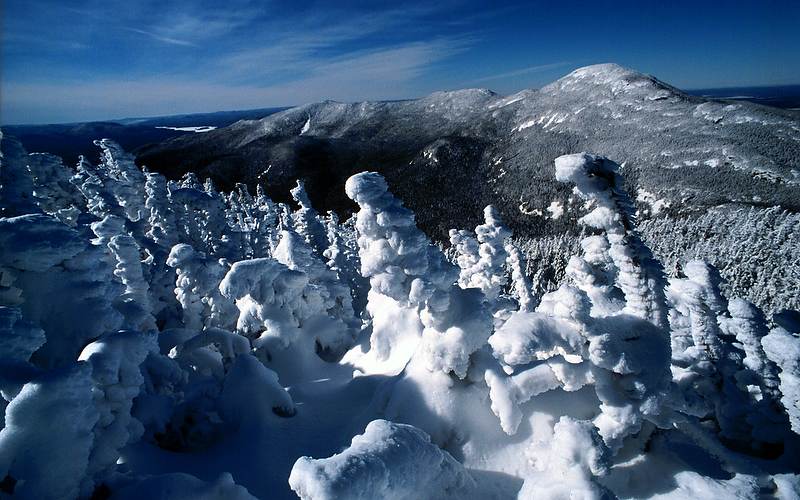
This is the kind of photo, and quality, I wanted while backpacking in the Adirondack mountains. But that meant carrying a heavy camera and lenses. Nikon F3, Nikkor 20mm f/2.8 lens, Ektachrome film.
Introduced about a month ago, with an APS-C sensor (“DX”), it’s the one of the smallest of Nikon’s new generation of mirrorless cameras. The original version, the Z50, came out late in 2019 and was a pretty good camera (I had one for about a year). It’s been followed by a couple of other DX bodies, including the Z30, which I use as a webcam. But I wanted a small camera with some of the great new features that Nikon’s Z9, Z8 and now Z6 III offer, and knew it was just a matter of waiting. Well, that wait is over.
While the body is only a bit smaller than the Z6 III, I’m fine with that. I’ve learned that the really small cameras don’t fit my hand as well and have to leave off buttons that I want. The Z50 II’s buttons and controls are also a very close match to my other Nikons (plus, it has two control dials!). And, of course, the menus are essentially the same as well. All of that makes it very easy for me shift between my different Nikon Z cameras without missing a beat.
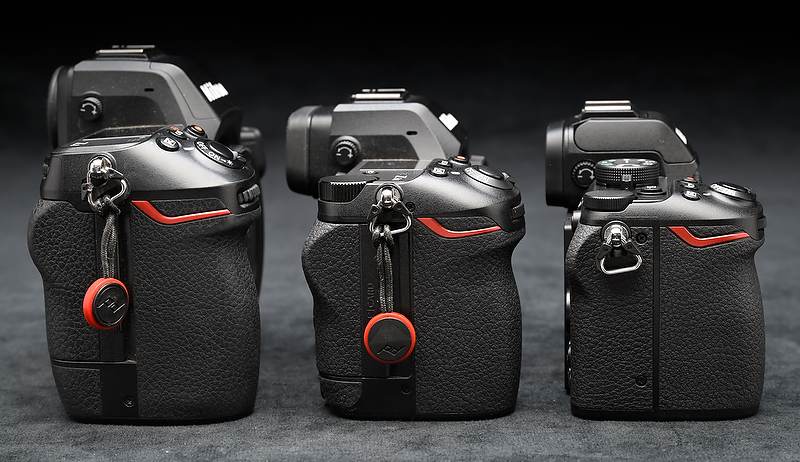
From left, my Nikon Z8, Nikon Z6III and new Nikon Z50 II bodies.
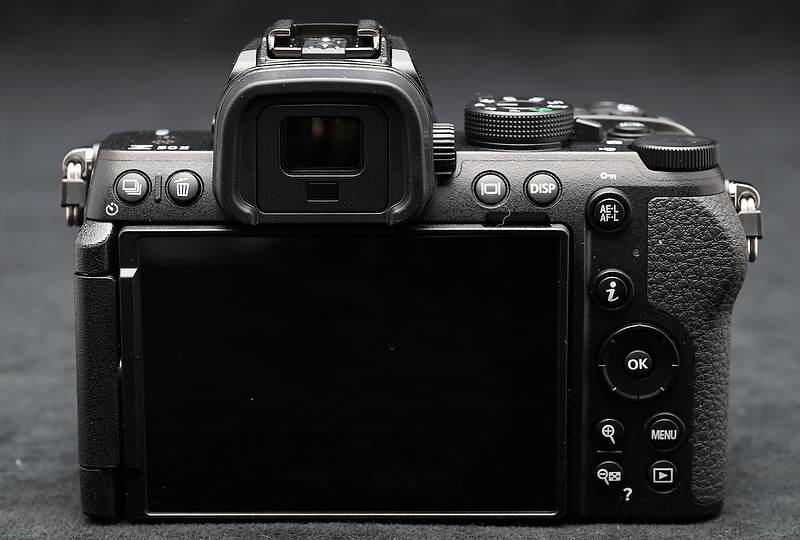
The Z50 II packs a lot of punch for its small size, including a button layout that’s almost exactly like my larger Nikon mirrorless bodies.
But the size of the camera body is only one part of the “going smaller and lighter” solution. Lenses are even more important. Although I can use all of my other Nikon Z lenses on the Z50 II (and I will at times), the smaller DX sensor in it means I can use smaller DX lenses designed specifically for that sensor. That’s where the real savings in size and weight come for me.
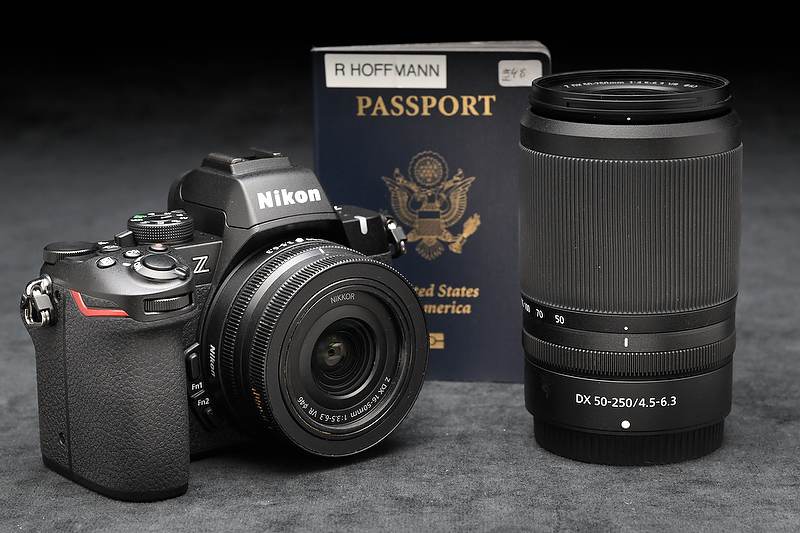
To go light and yet still have a tremendous range in focal length, I’m pairing it with the Nikkor DX 16-50mm f/3.5-6.3 and DX 50-250mm f/4.5-6.3 lenses. That gives me an equivalent (on a “full frame” camera) range of 24mm to 375mm in a very compact kit!
I could go even smaller by using the Z30 camera, but I have two problems with that. First, and most important, the Z30 doesn’t have a viewfinder. That does make it smaller, but I really struggle trying to precisely frame a scene using only the LCD on the back, which is doubly hard in bright light. I need a viewfinder! And the viewfinder on the Z50 II is really, really good. Secondly, I wanted the newer features like 3D autofocus, Starlight View, Pre-release Capture, Focus Shift Shooting, multiple Subject Detect options and more. It’s actually quite surprising how many of Nikon’s newer, advanced features they put into a camera that’s not designed for serious photographers.
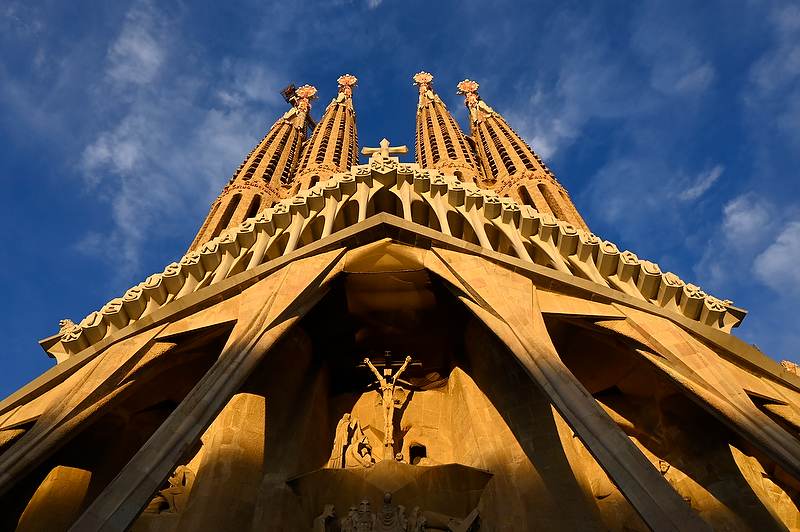
This is the La Sagrida Familia, in Spain, shot with my Nikon Z30 and DX 16-50mm lens two years ago. I’d hoped it would be the compact camera I’d been waiting for, but the lack of a viewfinder really bothered me.
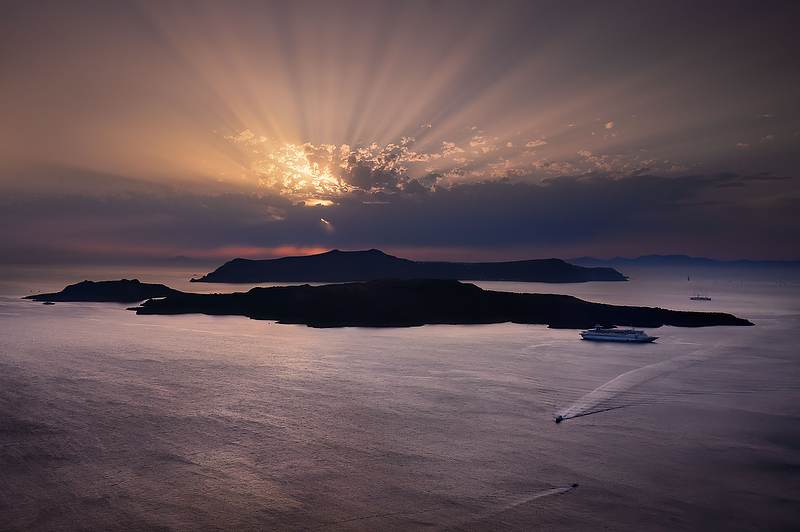
Riding the tour bus back from our visit to Oia on Santorini, I also shot this with that same Z30 and DX 16-50mm lens.
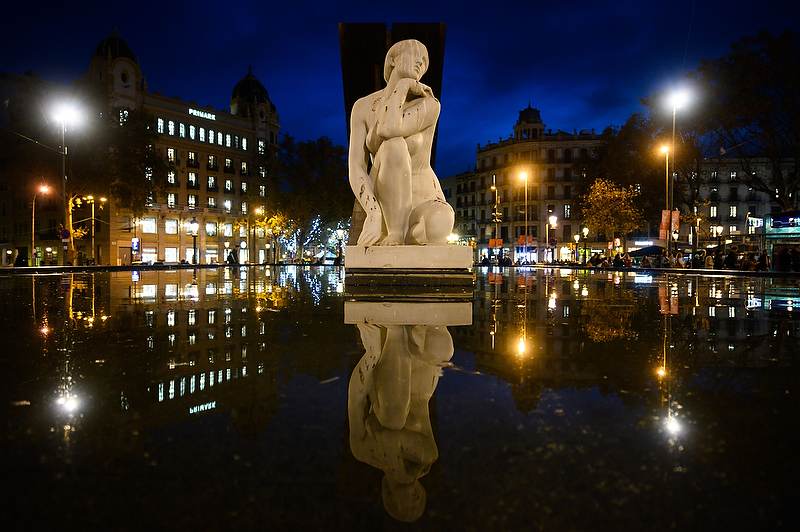
Once more with the Z30 and DX 16-50mm lens, in the Ramblas area of Barcelona. While those trips made me realize the Z30 wasn’t the right camera for me, they did show me what I could do with those two compact DX zoom lenses.
Some folks might be surprised or disappointed that Nikon used the same 20MP sensor in the Z50 II that they had in the D500. I have two comments about that. First, ask anyone who owns (or owned) a D500 what they think of its image quality (very good). And second, the sensor is just one part of image quality. More important is what happens to the data that sensor records. The Z50 II has a new processor, so I expect even better performance from that same sensor.

The Nikon D500 was one of my main cameras for years, including here, off Paulet Island in Antarctica. That camera made three trips to Antarctica and two to the Arctic with me. Aperture Priority, Sunny white balance, ISO 220, 1/1600 at f/5.6 in Matrix metering, 0.0 EV, Nikkor VR Zoom 200-500mm f/5.6 lens at 380mm.
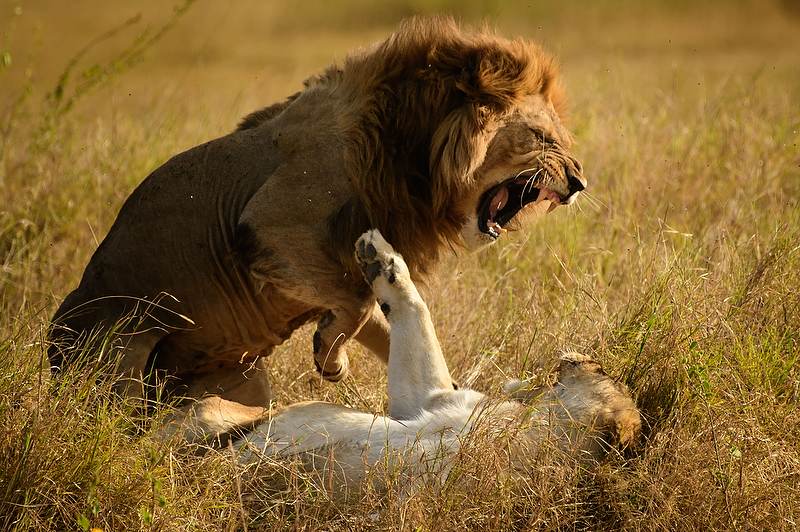
As my primary wildlife camera, the D500 also made many trips to the Serengeti. I never had a single complaint about the sensor in that camera. Aperture Priority, ISO 560, 1/1600 at f/5.6, -0.3 EV, Nikkor VR Zoom 200-500mm f/5.6 lens at 500mm.
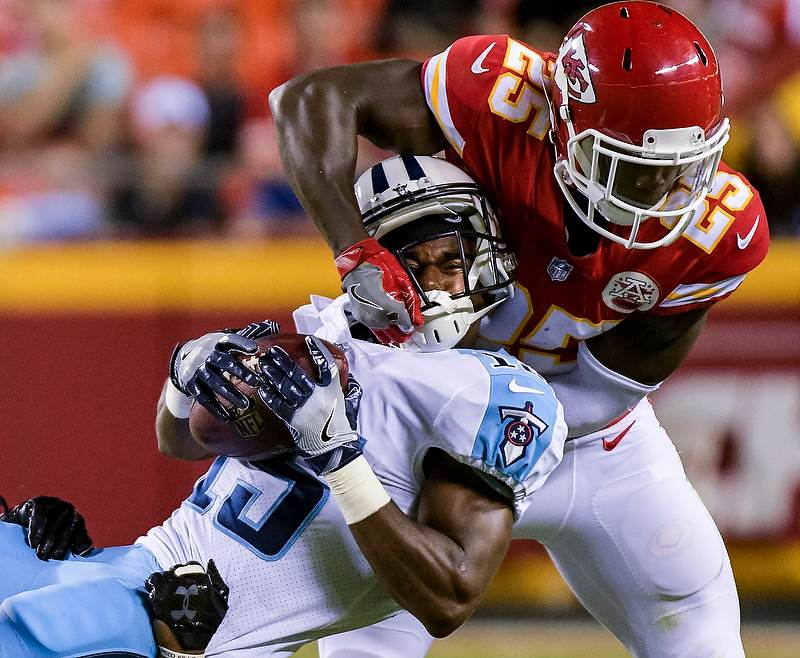
In that same timeframe, it was also my primary sports camera, even at high ISOs. Nikon D500, Manual exposure, ISO 3200, 1/2500 at f/4, Nikkor VR Zoom 200-400mm f/4 lens at 380mm.
There are a bunch of other new features, including some impressive video options (plus both mic and headphone jacks). However, what I really want this camera for is those times where I’m not planning to do serious photography, but still want the ability to do just that – but without having to haul around five-plus pounds of gear!
– UPDATE, Dec. 27, 2024 –
This past week I had a chance to try using the Z50 II for fast action, and its performance at that was about what I expected – decent, not great. Loess Bluffs National Wildlife Refuge is a hundred miles north of where I live, and tens of thousands of snow geese migrate through late each year. That brings bald eagles to the refuge, to feed on the geese that die while there. Last week the number of eagles was estimated to be over 600, so I drove up with some friends, and brought along the Z50 II with my Nikkor 180-600mm lens.
Since the camera uses an APS-C sensor, it gives you a 1.5X crop factor. That means to get the same viewfinder experience on a “full-frame” camera you’d need a 270mm-900mm lens. While certainly an advantage when photographing birds, I could get about the same resolution by setting my Nikon Z9 or Z8 cameras into “DX crop mode.” That would change the 45MP native capture of those cameras to about 20MP. The Z50 II is a 21MP camera.
However, the Z50 II’s “stutter” between frames makes it harder to follow action, especially if you’re framing your shots tightly. For non-moving subjects, of course, that’s not an issue.
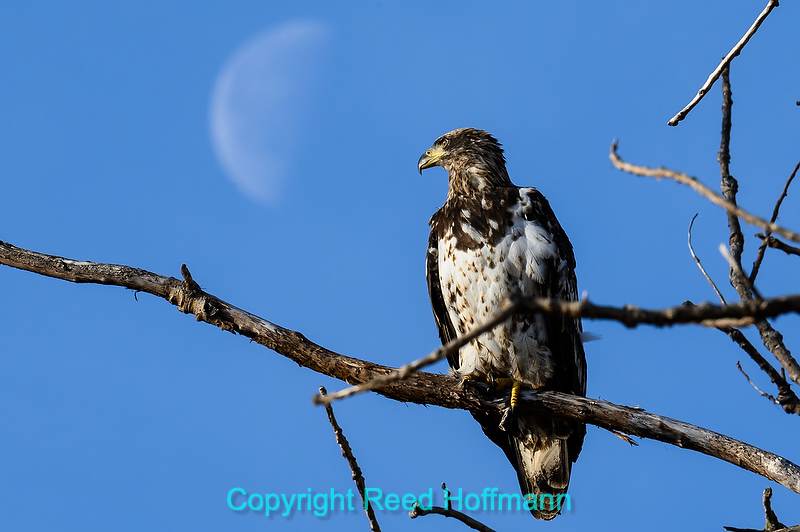
The camera had no problem locking focus on the eye of this juvenile bald eagle, and since the bird was sitting still, the “stutter” between frames didn’t affect me. Nikon Z50 II, Manual exposure, Natural Auto white balance, ISO 800, 1/500 at f/16 in Matrix metering, 0.0 EV, Nikkor Z 180-600mm f/5.6-6.3 VR lens at 540mm.
And while the camera does offer subject detection, and can be set to just look for birds, both acquisition and tracking were slower than the higher-end Z cameras, like the Z6 III, Z8 and Z9. That’s not surprising, considering the price difference.
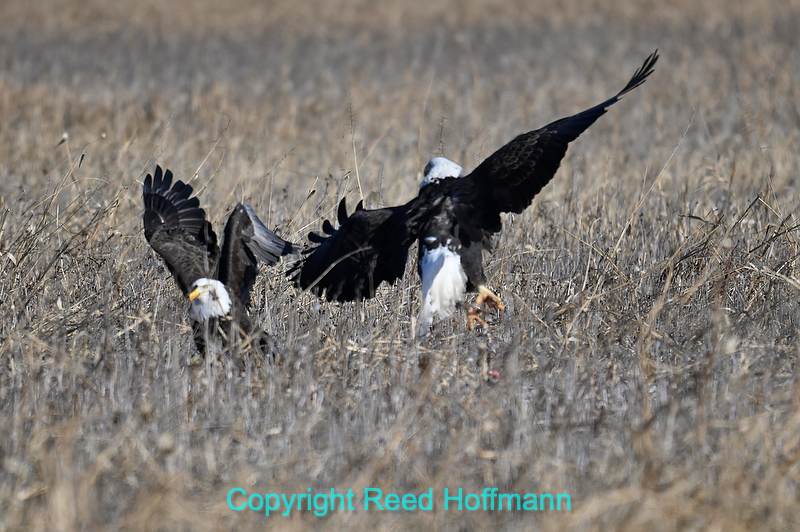
As you can see from this series of two adult bald eagles fighting over a carcass, the camera struggled some to keep focus, and then I struggled to keep the action within the frame. Nikon Z50 II, Manual exposure, Natural Auto white balance, ISO 560, 1/3200 at f/6.3 in Matrix metering, 0.0 EV, Nikkor Z 180-600mm f/5.6-6.3 VR lens at 600mm.
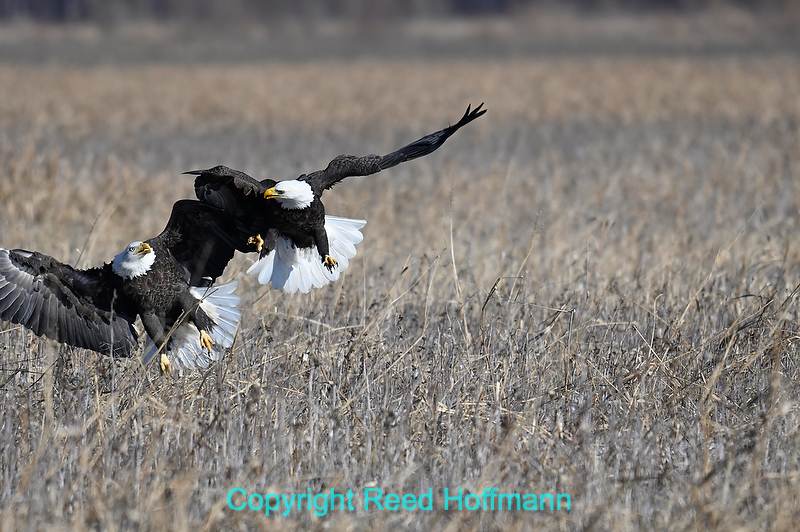
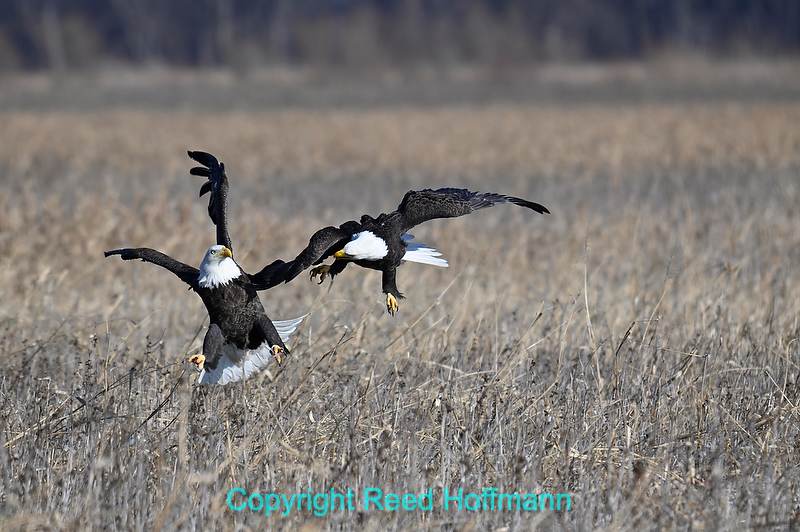
Does this change my opinion of the Z50 II? No. I didn’t buy it for sports and wildlife photography. And while I didn’t expect great action capability from this camera, it still managed to make some good pictures. I bought the Z50 II to be a compact, high-quality camera for travel and general use, and that’s a role that fits it very well. And while not designed as an action camera, I now know that if I have to, it can do that, as long as I’m willing to work within its limitations.
(If you like this story, please share it with your friends and let them know about the links on photography that I post on my business Facebook page. You can also find my photos on Instagram. And if you’re curious about the workshops I teach, you can find them here. Finally, you can subscribe to this blog on my home page.)

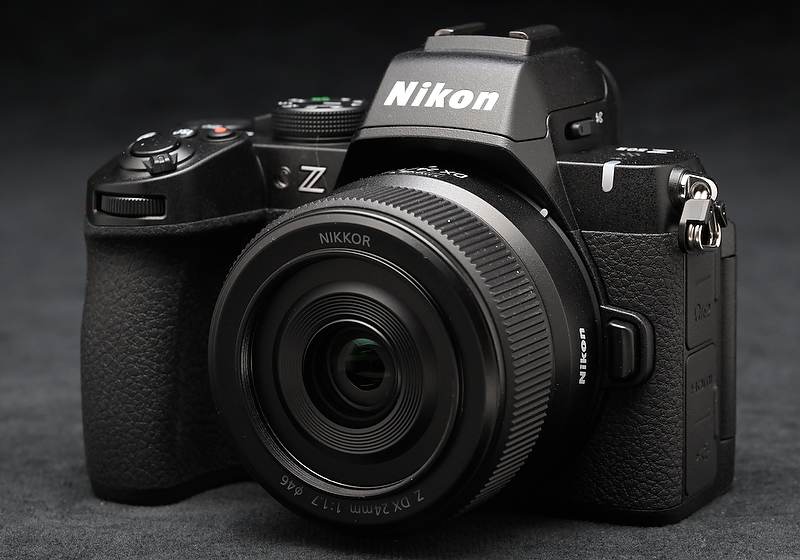
Great read.
I bought a Z50ii to replace a very aged D80. So, a fairly spectacular jump up in performance.
Bought a FTZ2 so I could use the F mounts DX lenses and then thought let’s put a new Z DX lens on… Chalk and cheese in performance.
I promptly got 4 out 5 of the Z DX lenses and a Viltrox prime, and been having so much fun going back to photography.
Great camera
Glad to hear that you’re enjoying it so much!
One of the features u said that you wanted, and that I want, was focus shift. What I have read is that this is NOT available on the Z50 II.
Well, it’s in the menu on my Z50 II, although I haven’t used it yet. I’ll check that when I get back home from the trip I’m leading in Chile. You may have read that feature’s not in the Z50, which is correct. UPDATE – I’ve returned and checked, and yes, Focus Shift is in the Shooting Menu on the Z50 II.
I have kept my Z50, even after buying both a Z6ii and a Z8. It is a great street photography camera. I pair it with any number of Z lenses. It’s a great addition.
I’ve used it for some sports pix with the100-400. Not great for autofocus on fast moving players, but easy for baseball batters and pitchers! I’m sure the Z50ii would be awesome for all telephoto sports’ shots.
Agreed, Ken. And I just tested the Z50 II on birds in flight, and while subject tracking was a nice addition, and worked fairly well, it still doesn’t track as fast and easily as the other new Z cameras. But that’s now what I bought it for :). Street photography, travel and family events will be prefect fits for it.